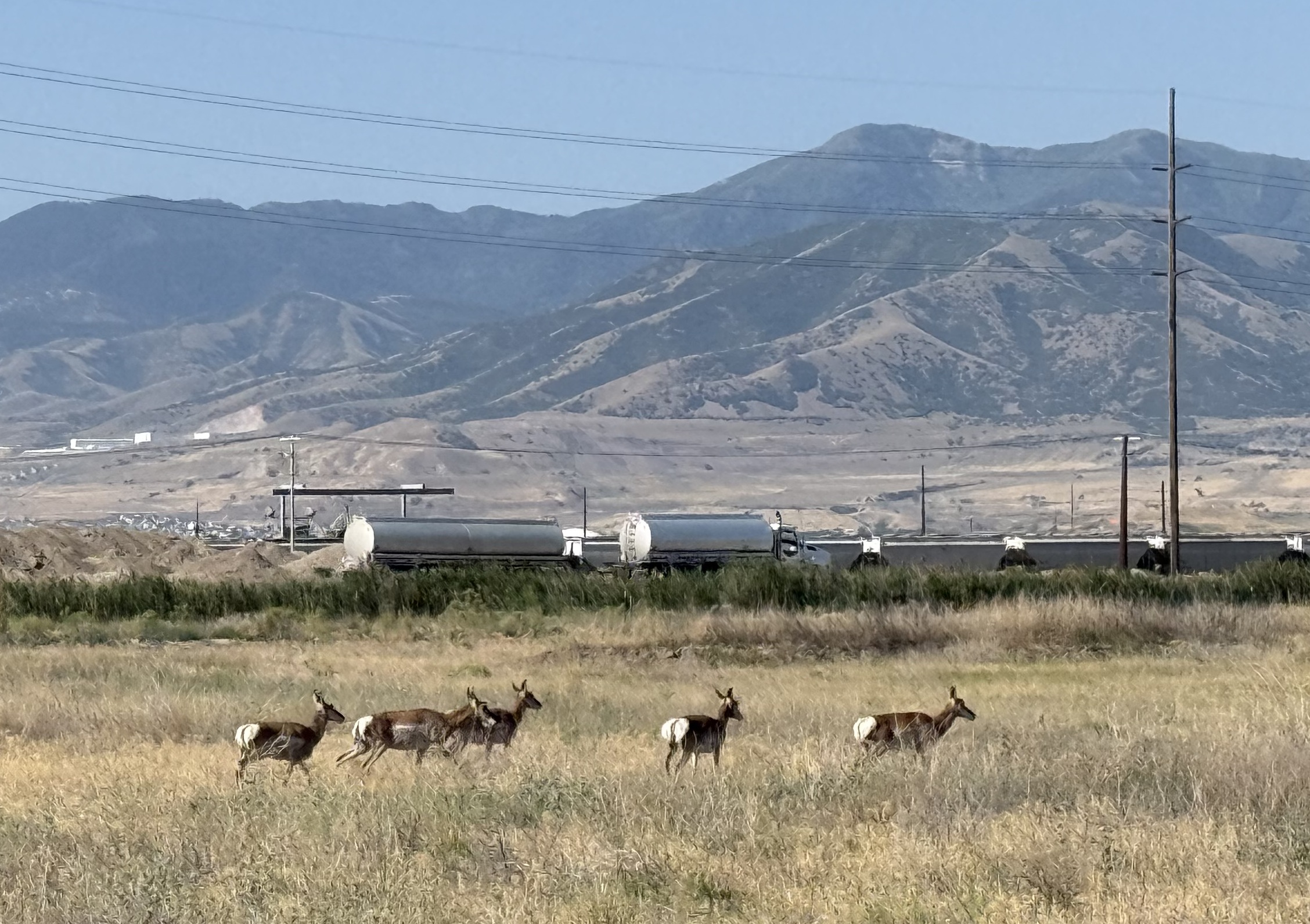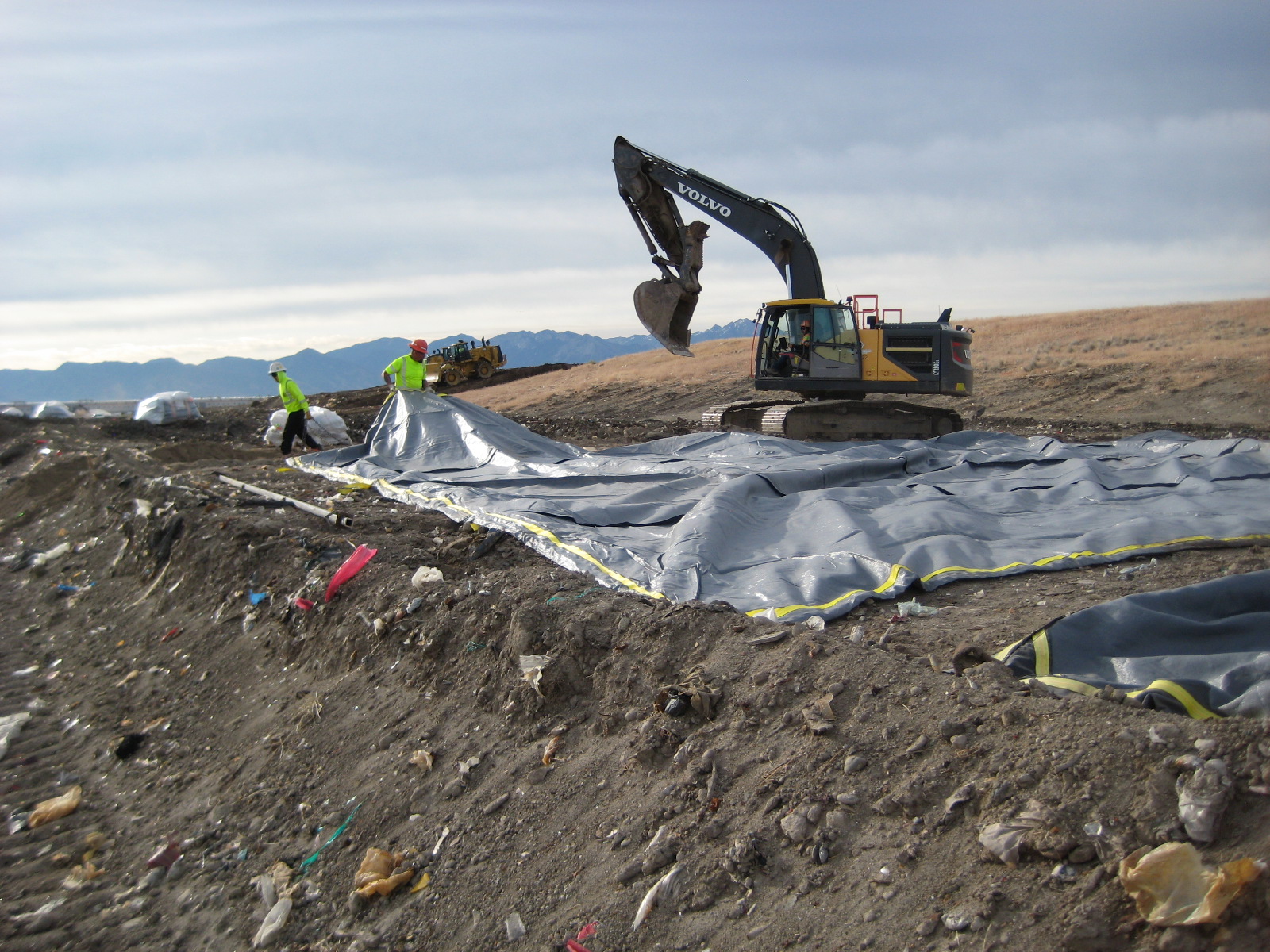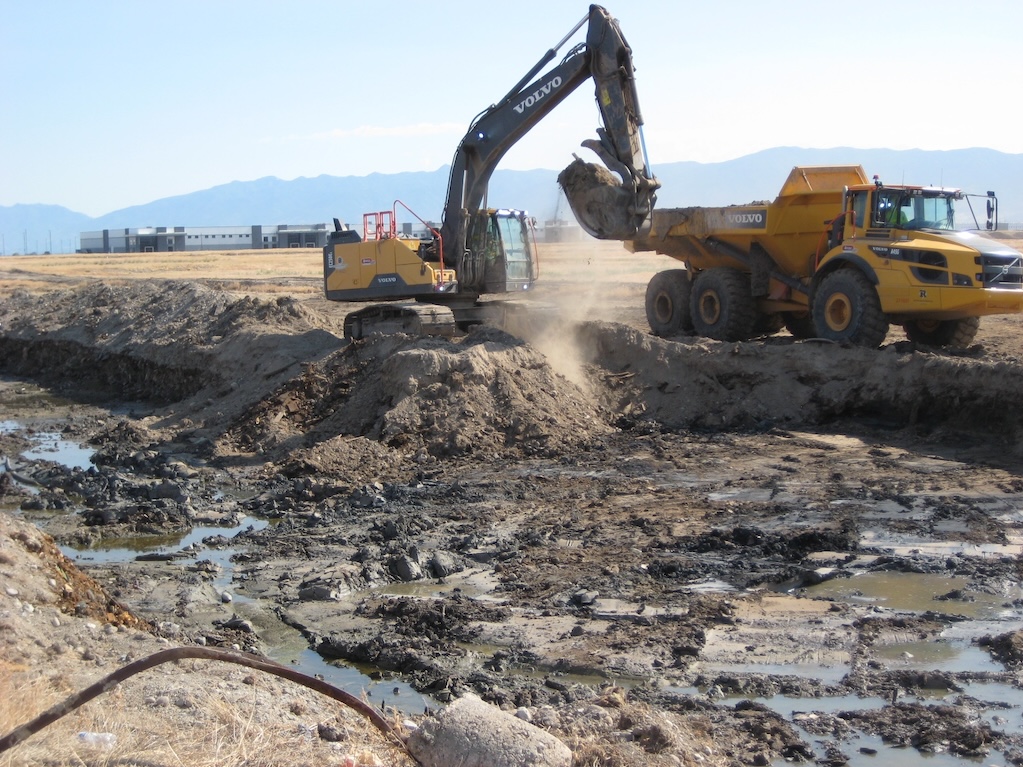In the heart of Salt Lake City, Utah, just west of the airport, ET Design-Build has been engaged to manage a very complex and ambitious environmental remediation project at the North Temple Landfill. Spanning 770 acres, this former landfill, once considered a worthless parcel of land, has become the focus of an extraordinary transformation effort aimed at turning decades of buried waste into development-ready land.
A Site With a Complicated Past
From 1955 to 1978, the site operated as a municipal landfill under lease from the LDS Church to the city of Salt Lake. When the lease ended, the land was abandoned with tons of waste sealed beneath its surface. Fast-forward to 2018: the land was acquired by a client of ET Design-Build, setting in motion a years-long effort to remediate and reclaim it.
ET in conjunction with its client, Ninigret Management, developed a rigorous remedial action plan, gaining final approval by Utah Department of Environmental Quality after extensive technical reviews. In 2024, the property was transferred to the Utah Inland Port Authority, a new state agency now overseeing the site. With approvals secured and a new stakeholder in place, ET and Ninigret officially broke ground in May 2025.
Digging Into the Details
Phase One of the project covers approximately 140 acres. ET’s team is managing the careful excavation of approximately one million cubic yards of waste, relocating it to a newly designated repository on site. Once transferred, the waste will be sealed under a high-density polyethylene (HDPE) synthetic cap. This modern engineering solution is designed to prevent erosion, control gas emissions, and protect water quality far more effectively than traditional soil caps.
This intricate process is anything but ordinary. During excavation, crews encounter shallow groundwater and leachate, a chemically complex byproduct of decomposing waste. To manage this at scale, ET is utilizing an innovative WAIV™ leachate evaporation system (Wind Aided Intensified Evaporation). The cutting-edge technology by Leachate Management Specialists uses specialized fabric sails to safely accelerate leachate evaporation in Salt Lake’s hot, arid climate. The North Temple Remediation project is the largest installation of the WAIV system anywhere in the country.

Environmental Engineering Meets Wildlife Management
The project also demands environmental sensitivity. The site is home to a herd of 50 to 70 antelope, a unique and protected presence. With guidance from Utah’s Department of Natural Resources, ET has installed clean water troughs at safe distances from excavation zones, aiming to prevent the animals from accessing contaminated water.
ET’s team is also implementing extensive dust and odor mitigation strategies, carefully balancing soil resources in a region where structural fill costs can reach $25 per cubic yard due to limited availability.

A Glimpse into the Past and Future
As they dig, the excavation is unearthing a unique visual timeline of American history and consumption. The eastern edge of the landfill contains mostly glass and metal from the 1950s, while deeper into the western portion, plastic becomes dominant. This is a fascinating physical record of changing household waste over time. Incredibly preserved artifacts like a 1956 newspaper featuring President Eisenhower and a high school yearbook signed in pen have been found sealed in anoxic pockets of leachate.
But make no mistake, this is not an archaeological dig. The site follows strict safety guidelines, including a no-scavenging policy for visitors and personnel, with ongoing oversight by state regulators, subcontractors, and stakeholders.
Looking Ahead
The full excavation and relocation effort will take approximately 18-24 months, with the project providing ample opportunities for documentation, learning, and updates. ET plans to conduct drone-based methane monitoring, aerial construction photography, and highlight key milestones, such as the placement of the synthetic cap, in future communications.
The North Temple Landfill isn’t just a remediation project. It’s a case study in large-scale environmental engineering, stakeholder collaboration, and sustainable land transformation. As the work continues, ET Design-Build remains committed to safe practices, technical innovation, and delivering value both for the environment and for the community’s future development opportunities.

Stay tuned for future updates as we share progress, photography, and behind-the-scenes insights from this landmark project!



